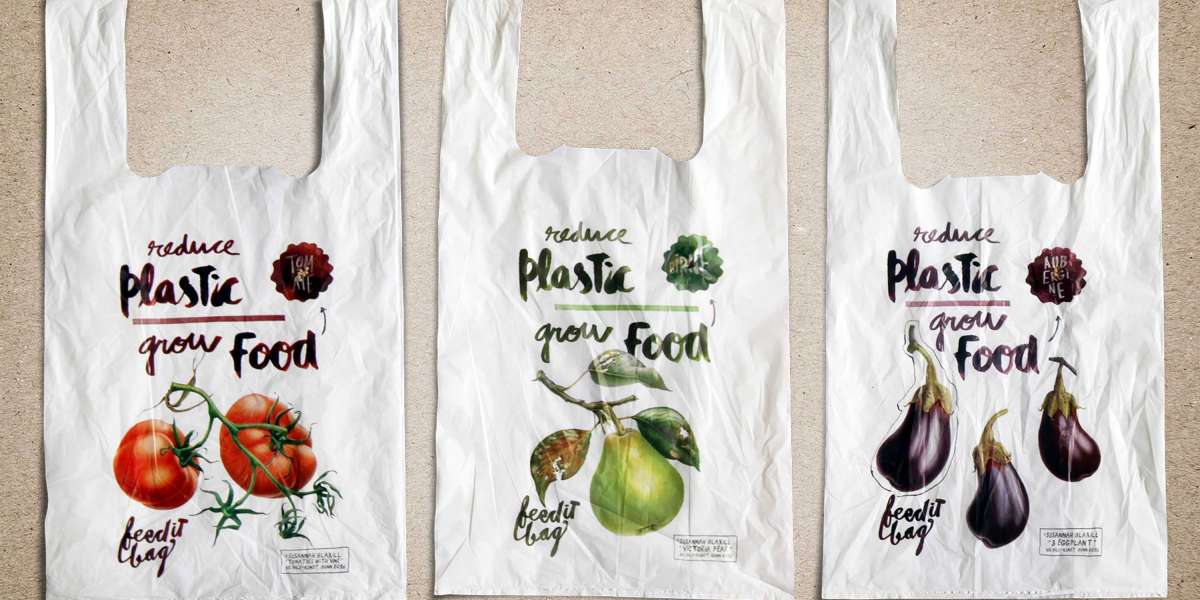Degradable plastic bags are designed to break down over time, reducing their environmental footprint compared to conventional plastic bags. Unlike traditional plastics that can persist in the environment for hundreds of years, degradable plastic bags offer a more eco-friendly alternative by undergoing degradation processes.
What are Degradable Plastic Bags?
Degradable plastic bags encompass various types of materials engineered to degrade under specific conditions. The two primary categories of degradable plastic bags are biodegradable and oxo-degradable.
Types of Degradable Plastic Bags
Biodegradable Plastic Bags
Biodegradable plastic bags are made from organic materials such as cornstarch or sugarcane, which can be broken down by microorganisms into natural byproducts like water, carbon dioxide, and biomass.
Oxo-degradable Plastic Bags
Oxo-degradable plastic bags contain additives that accelerate the degradation process through exposure to oxygen and sunlight. These bags fragment into smaller pieces over time, facilitating their breakdown into non-toxic components.
How Degradable Plastic Bags Work
Biodegradable Process
Biodegradable plastic bags undergo microbial degradation, where enzymes secreted by microorganisms metabolize the bag's organic components, converting them into simpler compounds.
Oxo-degradable Process
Oxo-degradable plastic bags rely on oxidative reactions initiated by additives like pro-oxidants, which trigger the breakdown of polymer chains when exposed to external factors such as heat and UV radiation.
Environmental Impact of Degradable Plastic Bags
Degradable plastic bags offer several environmental benefits, including reduced dependence on fossil fuels, decreased litter accumulation, and lower greenhouse gas emissions compared to traditional plastics. However, concerns exist regarding their complete degradation and potential ecological harm from microplastics.
Comparison with Traditional Plastic Bags
In contrast to conventional plastic bags that persist indefinitely in the environment, degradable plastic bags offer a more sustainable alternative by minimizing long-term environmental harm and promoting circularity in the plastics economy.
Regulations and Standards for Degradable Plastic Bags
Regulatory bodies and industry standards organizations have implemented guidelines and certifications to ensure the quality, safety, and environmental performance of degradable plastic bags, promoting transparency and accountability among manufacturers and consumers.
If you want to know more information about customized cereal box visit TopUSAPackaging
Advancements and Innovations in Degradable Plastic Bags
Ongoing research and development efforts continue to enhance the performance and biodegradability of plastic bag alternatives, exploring novel materials, manufacturing processes, and end-of-life solutions to address the evolving challenges of plastic pollution.
The Future of Degradable Plastic Bags
As awareness of plastic pollution grows and sustainability concerns escalate, the demand for degradable plastic bags is expected to rise, driving innovation, investment, and market adoption of eco-friendly packaging solutions.
Alternatives to Degradable Plastic Bags
Beyond degradable plastic bags, alternative packaging materials such as compostable plastics, paper-based products, and reusable containers offer viable options for reducing single-use plastic consumption and promoting a circular economy.
Consumer Awareness and Education
Educating consumers about the environmental impact of plastic bags and empowering them to make informed choices can drive sustainable behavior change and foster a culture of environmental stewardship at the individual and community levels.
Corporate Responsibility and Sustainability Efforts
Businesses play a pivotal role in advancing sustainability goals through responsible sourcing, product innovation, and stakeholder engagement, demonstrating leadership in environmental stewardship and social responsibility.
Practical Tips for Using Degradable Plastic Bags Responsibly
Consumers can minimize their environmental footprint by opting for degradable plastic bags when necessary, properly disposing of them in designated waste streams, and supporting initiatives that promote waste reduction and recycling.
Case Studies and Success Stories
Numerous organizations and communities worldwide have implemented initiatives to reduce plastic bag usage, foster recycling infrastructure, and promote sustainable packaging solutions, highlighting the feasibility and impact of collective action in addressing plastic pollution.
Conclusion
Degradable plastic bags represent a promising step towards a more sustainable future, offering a practical solution to mitigate the environmental impact of plastic waste. However, their widespread adoption requires collaborative efforts from governments, industries, and consumers to address existing challenges and maximize their ecological benefits.
Unique FAQs
Are degradable plastic bags completely eco-friendly? Degradable plastic bags offer environmental benefits compared to traditional plastics, but concerns exist regarding their complete degradation and potential harm from microplastics. Proper disposal and management are essential to minimize their ecological impact.
How long does it take for degradable plastic bags to decompose? The decomposition rate of degradable plastic bags varies depending on factors such as material composition, environmental conditions, and disposal methods. Biodegradable bags typically degrade within months to years, while oxo-degradable bags may fragment more quickly but may persist as microplastics.
Are degradable plastic bags recyclable? While some degradable plastic bags may be recyclable, others may not be compatible with existing recycling infrastructure due to their composition or additives. Consumers should check local guidelines and facilities for proper disposal and recycling options.
What are the cost implications of using degradable plastic bags? Degradable plastic bags may have higher production costs compared to conventional plastics due to the use of alternative materials and manufacturing processes. However, long-term environmental benefits and regulatory incentives may offset these expenses over time.
How can individuals support the transition to degradable plastic bags? Individuals can promote the adoption of degradable plastic bags by advocating for sustainable practices, supporting eco-conscious businesses, and participating in community initiatives aimed at reducing plastic waste and promoting recycling efforts.



